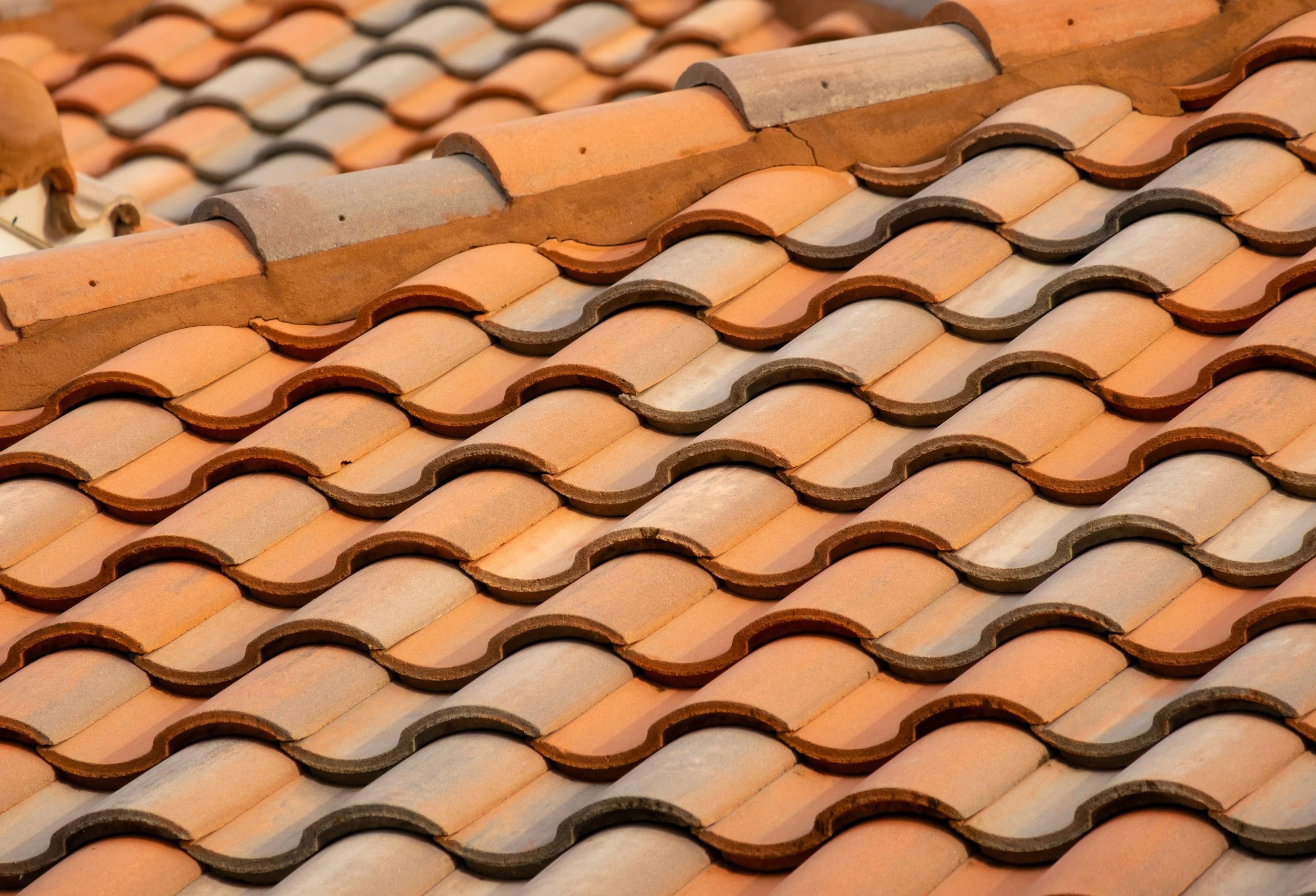Tips For Saving Energy On Your Appliances During Winter
By PAGE Editor
Winter. The bane of our existence. While we swap out our shorts and t-shirts for extra thick sweaters and layers, we do our best to keep warm and make the most out of the long, cold months of the year.
The biggest issue homeowners face is the increasing energy bills as they try to stay comfortable. But what if we told you there are some effective ways you can decrease the cost of your energy bills by taking care of your appliances?
With these helpful tips, you’ll notice a difference in next month’s energy bill:
Keep Specific Appliances Unplugged
Think of it this way: If you aren’t using it, unplug it. Many appliances in your home are notorious for sucking energy. Even if it’s turned off, it will still draw power if plugged into an outlet.
Appliances and devices such as charging phones, computers, TVs, or any smart appliance constantly connected to Wi-Fi, are all culprits in energy consumption. Unplugging these appliances or devices overnight or during the day while you’re working can make a big difference. Keeping some appliances and devices plugged in for too long can actually damage their internal hardware and may result in a costly appliance repair.
Switch to LED Lights
If you want to save electricity during the winter, switching to LED lights is a safe bet. Energy-efficient LED bulbs use at least 75% less energy and last up to 25 times longer than traditional incandescent light bulbs. They’re more expensive, but their longevity makes it an easy investment as you’ll save more down the road.
Smart Thermostats
Smart thermostats are Wi-Fi-enabled devices that can automatically adjust temperature settings in your home. You can schedule when you’d like the thermostat to turn your heat on/off, such as when you’re sleeping or at work. The thermostat can also learn what temperatures you prefer and select them for more convenience. Energy-saving thermostats are the most efficient way to save money during the colder months.
Weatherstrip the Doors and Windows
Your furnace pushes harder to keep the home as warm as possible, especially when there’s a small crack or draft. The best way to avoid an overworking furnace is to seal the drafts by weatherstripping. The doors and windows are often the biggest culprits, so weatherstripping their frames can keep that heat from slipping out.
Check Your Insulation
Proper insulation in your home can cut down on unsightly energy costs. Adding insulation in your attic is a good start, as it can keep the rest of your house warm. Furthermore, walls sometimes need a little TLC. Areas around plumbing and electrical outlets are notorious for letting heat escape the home. Insulation can help keep the heat within the confines of your house and keep pipes from freezing.
Luckily, there’s a wide selection of insulation types available, such as spray foam and blown-in alternatives. Doing some research can help you determine which option will help you save energy in your home.
Let the Sunshine In
During the day, you can leave your drapes open to let the sunshine flow into your home. Natural sunlight can quickly heat your home and decrease the need for cranking the heat during the day. Be sure to keep your windows and drapes closed during the night, as that’s when it gets the coldest.
Close Doors and Vents
Do you have some guest or office rooms in your home that aren’t always in use? Close the doors and vents to these spaces. Why? Cutting off the circulation to these rooms can make a difference the next time you get a bill.
The best part about practicing these energy-saving methods is that they’re also effective year-round. They aren’t just for winter-time. We hope you found these tips helpful and that your next bill gives you a sigh of relief until summer comes back around.
HOW DO YOU FEEL ABOUT FASHION?
COMMENT OR TAKE OUR PAGE READER SURVEY
Featured










Topicals makes its first-ever collaboration debut with Billionaire Boys Club, reimagining its cult-favorite, Sephora No. 1 Faded Under Eye Masks in a limited-edition space-blue design that merges streetwear culture, community, and clinically backed skincare.